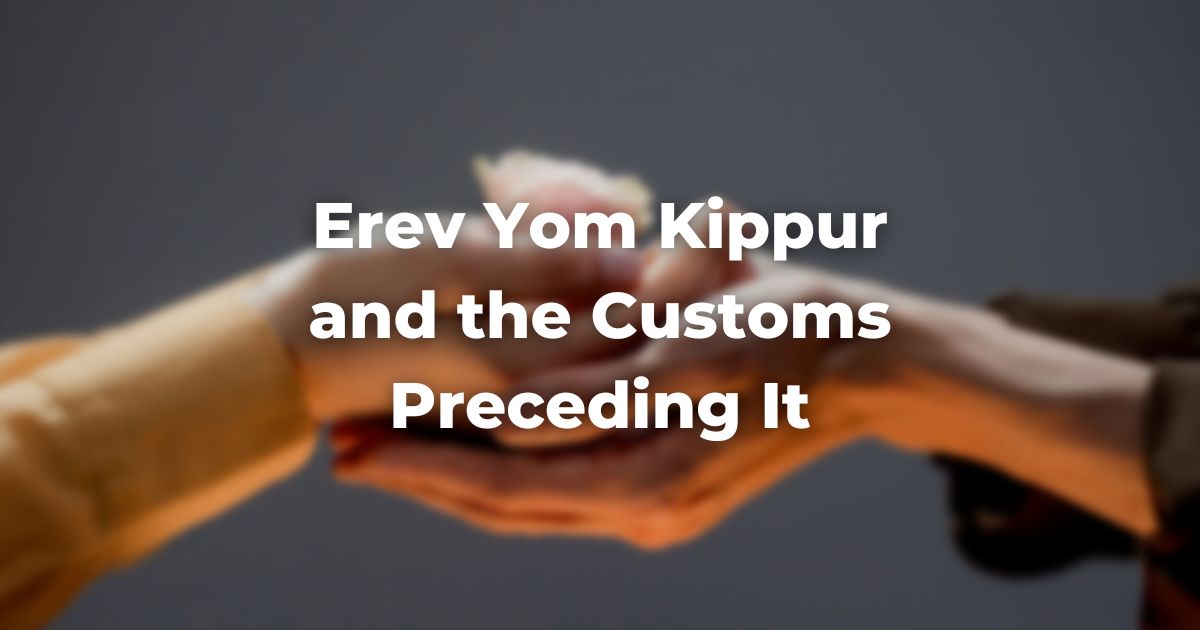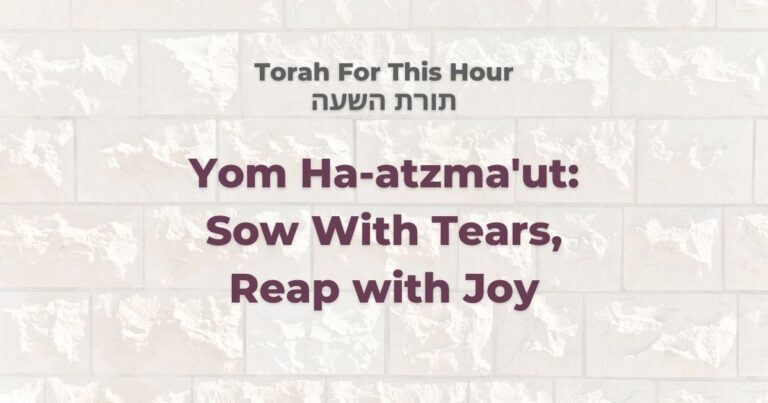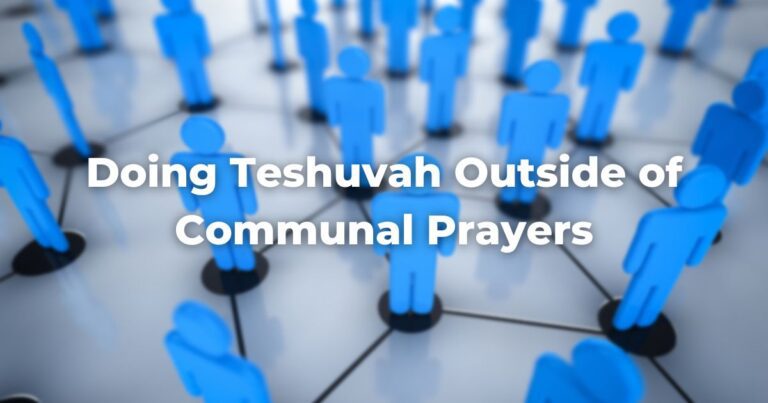The preparations for this awe-inspiring day are intrinsic to the observance of the day and begin during Erev Yom Kippur.
Just as one is required to fast on Yom Kippur, so one is required to eat on the day before Yom Kippur (as cited by Rabbi Isaac Klein (z’l) in A Guide to Jewish Religious Practice (p. 207); BT Yoma 81b; SA Oraḥ Hayyim 604:1).
There is a mood of optimism and confidence in the air—for all that Yom Kippur is a day of judgment to be taken seriously, perhaps even feared, the hours before and after the fast are given over to a sense of confidence in God’s ultimate mercy and compassion.
We are confident that our God is above all a God of forgiveness and we feel certain that, if we do our t’shuvah (also written as teshuvah) seriously and honestly, our loving and generous God will look favorably on our work.
Charity
One of the ways we demonstrate the seriousness of our repentance is through charitable gifts.
There was an old practice, now mostly abandoned except in certain extremely conservative communities, of swinging a chicken around one’s head on the eve of Yom Kippur as a symbolic way of divesting oneself of one’s sins by transferring them to the bird. The chicken was then slaughtered or sold, and the meat or the sale price was donated to the poor.
While no harder to accept as symbolically meaningful than Tashlikh (also written as Tashlich), this custom has fared less well and there have been rabbis from the very early times who opposed it as essentially counterproductive to the work of Yom Kippur.
As noted, it finds few proponents in contemporary times, yet the idea of preparing for our day of prayer and soul-searching by performing positive deeds of kindness and by helping the poor through tangible gifts and donations is surely itself commendable.
Some synagogues have collection centers where people bring food for the poor as they arrive for Kol Nidrei; others have charity boxes that are filled during the year and brought to the synagogue before Kol Nidrei. Many congregations hold a Kol Nidrei appeal to raise money for communal needs.
The objections that these enterprises might interfere with the more spiritual nature of the day and intrude on the introspection and soul-searching of the hour miss the point that, in the Jewish conception, spiritual growth can never be achieved in the absence of good deeds and that, indeed, the most efficient, effective way to create better people is to involve them in the creation of a better world.
A version of this ritual can be found in Maḥzor Lev Shalem.
Se’udah Mafseket: The Yom Kippur Meal
The meal eaten on Erev Yom Kippur is unique. It is not a regular festival meal such as one might eat on Rosh Hashanah or other holidays.
There is no special Kiddush prayer recited, for example.
Indeed, the meal is called the se’udah mafseket (directly translated as “the meal of demarcation,” also known as the “last meal before the fast”) precisely because it separates the normal day from the upcoming fast day.
The Minḥah Service preceding the meal is expanded to include special prayers of repentance and sets the mood for the meal itself.
It is also customary for parents to bless their children at this meal as on every Friday night, but also to add wishes for a good and healthy year and any other appropriate wishes for the year to come.
The meal must obviously conclude before candle lighting time.
Candle Lighting
Candles are lit following the meal. A Yizkor candle is also lit at this point. For more information on this practice, see here.
Adapted with permission from The Observant Life.
Authors
-

-

The Observant Life: The Wisdom of Conservative Judaism for Contemporary Jews distills a century of thoughtful inquiry into the most profound of all Jewish questions: how to suffuse life with timeless values, how to remain loyal to the covenant that binds the Jewish people and the God of Israel, and how to embrace the law while retaining an abiding sense of fidelity to one’s own moral path in life. Written in a multiplicity of voices inspired by a common vision, the authors of The Observant Life explain what it means in the ultimate sense to live a Jewish life, and to live it honestly, morally, and purposefully. The work is a comprehensive guide to life in the 21st Century. Chapters on Jewish rituals including prayer, holiday, life cycle events and Jewish ethics such as citizenship, slander, taxes, wills, the courts, the work place and so much more.
View all posts






